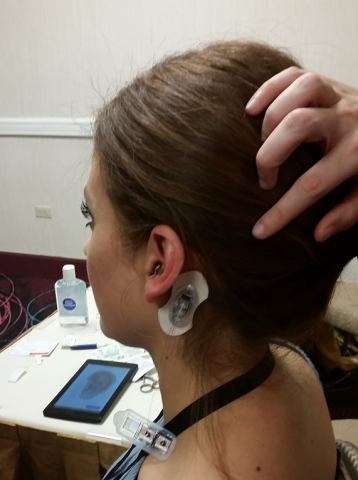
Health Care Leaders Call for Accelerated Research to End Opioid Crisis
National Institutes of Health leaders took a remarkable step recently in calling for an “all scientific hands on deck” to end the opioid crisis. They rightly identified a multi-pronged approach to not only address the needs of those already addicted and at risk of an overdose but also to get at the heart of the issue with a new approach to pain management.
We support and applaud the efforts of the NIH and others to address this issue that is hurting our families, friends and neighbors. We recognize that it will take creative solutions and commitment from all of us.
The NIH call to action underscores the severity of this growing concern. In 2015, 2 million people had a prescription opioid-use disorder and 591,000 suffered from a heroin-use disorder. They put the cost of the prescription drug misuse at $78.5 billion including healthcare, law enforcement and lost productivity. Those numbers represent tragic stories of pain and lost futures. This epidemic has hit every state in our nation, tearing apart neighborhoods and families.
NIH Director Dr. Francis Collins and Dr. Nora Volkow, head of the NIH’s National Institute on Drug Abuse, published a joint appeal on the NIH Director’s Blog. They also published a detailed plan in the New England Journal of Medicine for accelerated research.
They called first for the development of additional overdose-reversal intervention and improved formulations of naloxone to reduce mortality. They also cited a need for technologies that can detect an overdose, signal for help and intervene automatically to stimulate respiration.
Next, they said that for those who are addicted to opioids, there should be new, innovative medications and technologies to treat them. The NIH leaders said a growing knowledge of the neurobiology of opioid addiction has helped researchers to identify new molecular targets and ways to modify brain circuits that could lead to more effective and safer treatments for opioid use disorders.
Developing Safe Alternatives
These initiatives, however, are aimed at an existing problem. The more significant and long-term solution is prevention. There is a need for safe, effective, non-addictive treatments for pain. The trajectory of opioid addiction often begins with prescription opioid misuse.
“But simply reducing medical use (and thus supply) of addictive prescription opioids, as the Centers for Disease Control and Prevention (CDC) and other authorities have recently advised, does not address the very real problem of untreated pain in this country, and we cannot solve the opioid addiction and overdose crisis without better addressing pain at the same time,” the leaders explained.
We strongly agree. At DyAnsys, we have long been committed to providing a safe and effective non-narcotic alternative to treating chronic pain. There are no side effects with the Primary Relief® treatment solution. We have and continue to pursue our research and development aggressively as we firmly believe that patients should have options that promote their long-term well-being.
We released our newest version of this neurostimulation treatment more than a year ago and are pleased to report that we have enabled the treatment of a growing number of people.

